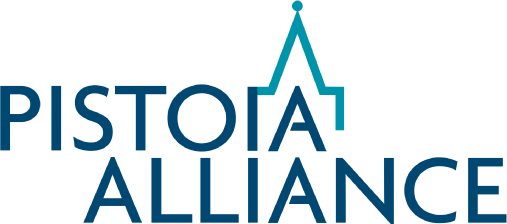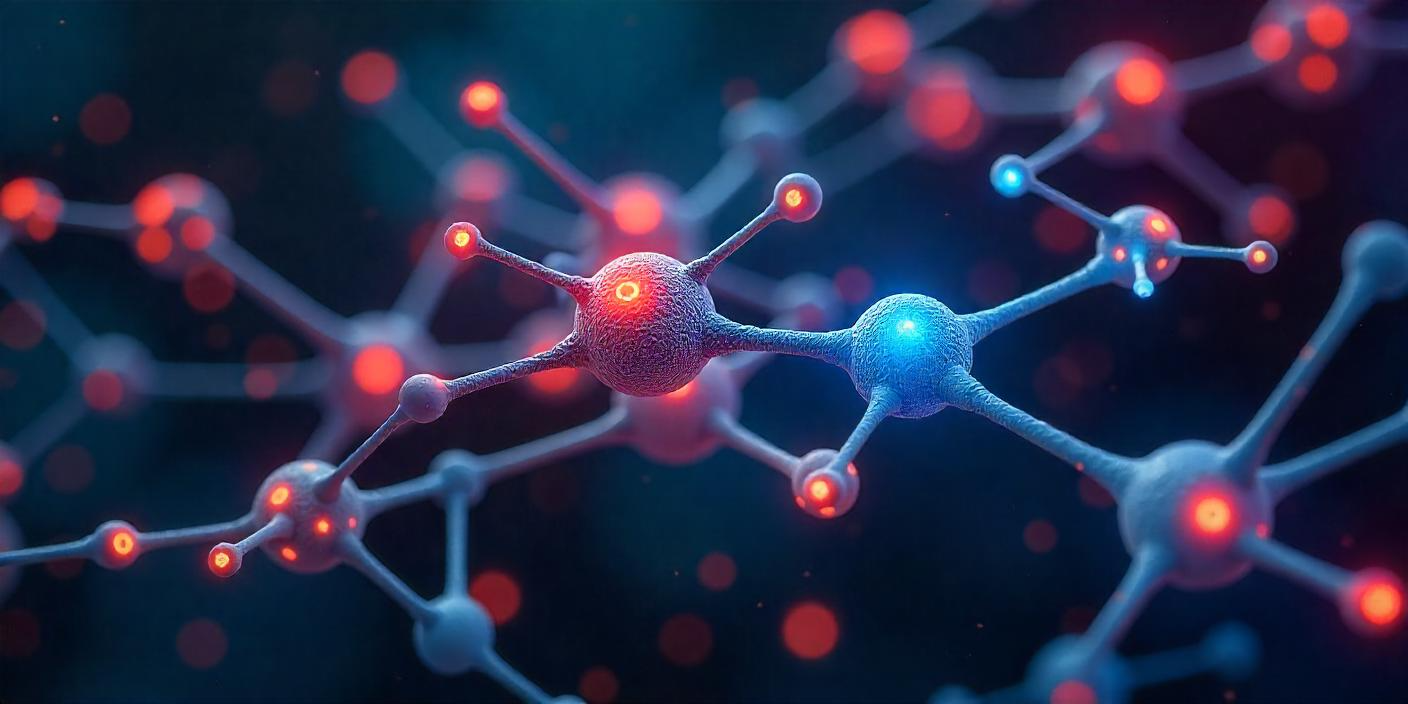
Current Projects
Chemical Exchange Format Committee
The Chemical Exchange Format Committee provides a neutral forum where pharma companies, software vendors, and standards owners can collaboratively tackle chemical data formats and drive standardization.

Current Projects
Minimal Metadata Set (MNMs) for Repurposing Non-Clinical In Vivo Data
The aim of the Minimal MetaData Set (MNMS) project is to establish a collaborative platform connecting biopharma companies, researchers, vendors, and regulatory bodies. This initiative aims to demonstrate that sharing a harmonised minimal metadata set (MNMS) together with raw locomotion data enables fully reproducible analyses across several pharmaceutical partners. We remove biological and protocol variability and focus on the value that rich, FAIR‑compliant metadata bring to data reuse.

Current Projects
Pharmacovigilance Systems and Processes Standards
The goal of the Pharmacovigilance Systems and Processes Standards (PS2) program is to establish a set of standard solution requirements for pharmacovigilance systems, starting with Case Intake in 2025 via the PS2 – Case intake project, to avoid replication of effort during solution selection and implementation and foster innovation.
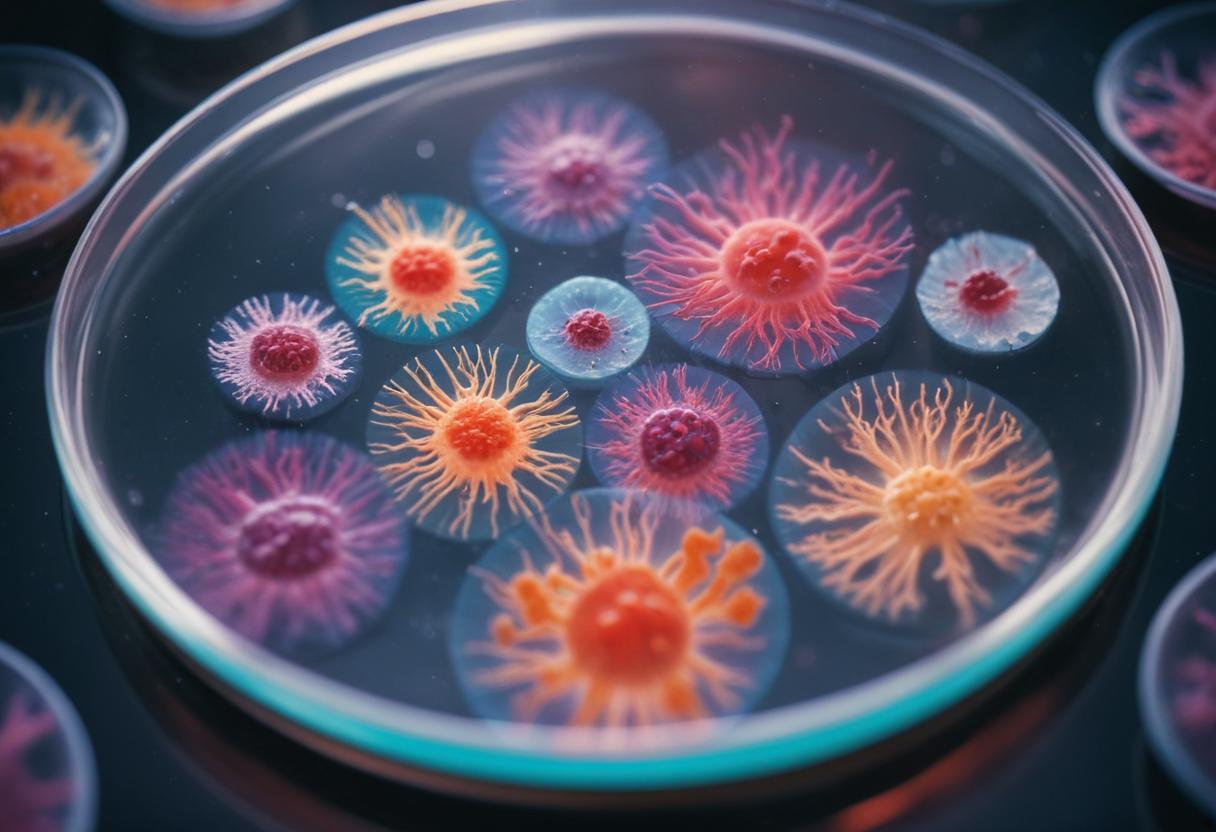
Current Projects
In Vitro NAM Data Standards
In Vitro Noval Alternative Methods (NAMs) are human cell-based assays and systems used in biomedical research which represent human physiology, predict clinical outcomes and and reduce, replace or refine the requirements for animal testing in drug discovery.

Current ProjectsData Driven Value
Global Substance Registration System
The goal of the system is to make it easier for regulators and other stakeholders to exchange information about substances in medicines, supporting scientific research on the use and safety of the ingredients in medicinal products

Delivered Projects
Informed Consent Blockchain
This project built a solution for Informed Consent in clinical trials and implemented key components of decentralized digital identities

Delivered ProjectsOntologies
Ontologies Mapping
This project established best practices and tool recommendations for the application, management and mapping of ontologies in life sciences

Clinical StudiesDelivered Projects
Quality Generation and Ethical Use of Digital Health Data in Clinical Studies (QDatE)
This project developed and published best practice guidelines for the storage of collected sensor-generated data from remote modelling technologies
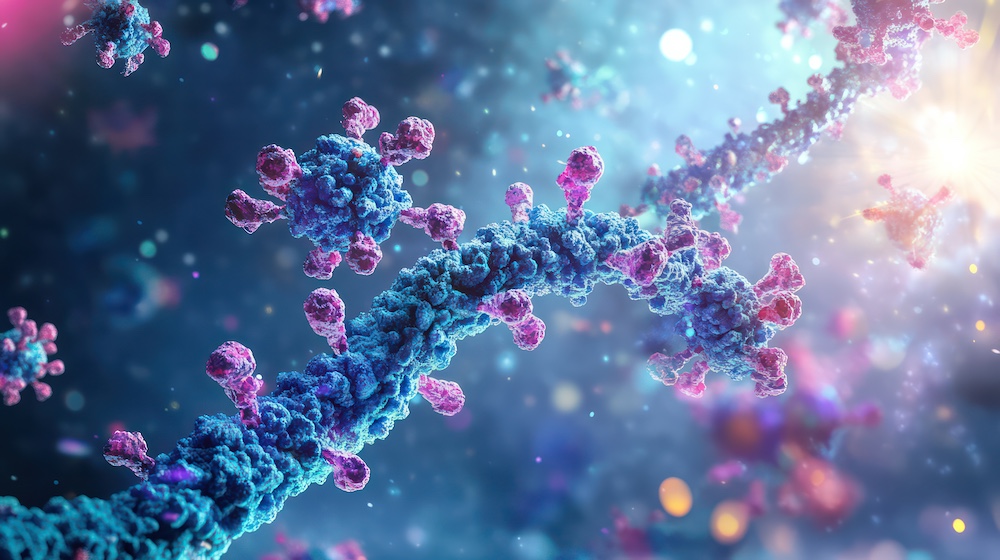
AbvanceDelivered Projects
Advancing Antibody Drug Discovery (ABvance)
This project generated novel Ab structures and addressed the need for improved Ab structural data sharing to accelerate drug discovery

Delivered Projects
Unified Data Model (UDM)
This project created an open, extendable, and freely available data format for the exchange of experimental information about compound synthesis and testing

Delivered ProjectsFAIRMethods Hub
Methods Hub
This project enabled the digitization of analytical methods for seamless exchange between different High-Performance Liquid Chromatography (HPLC) systems and Chromatography Data Systems (CDS).
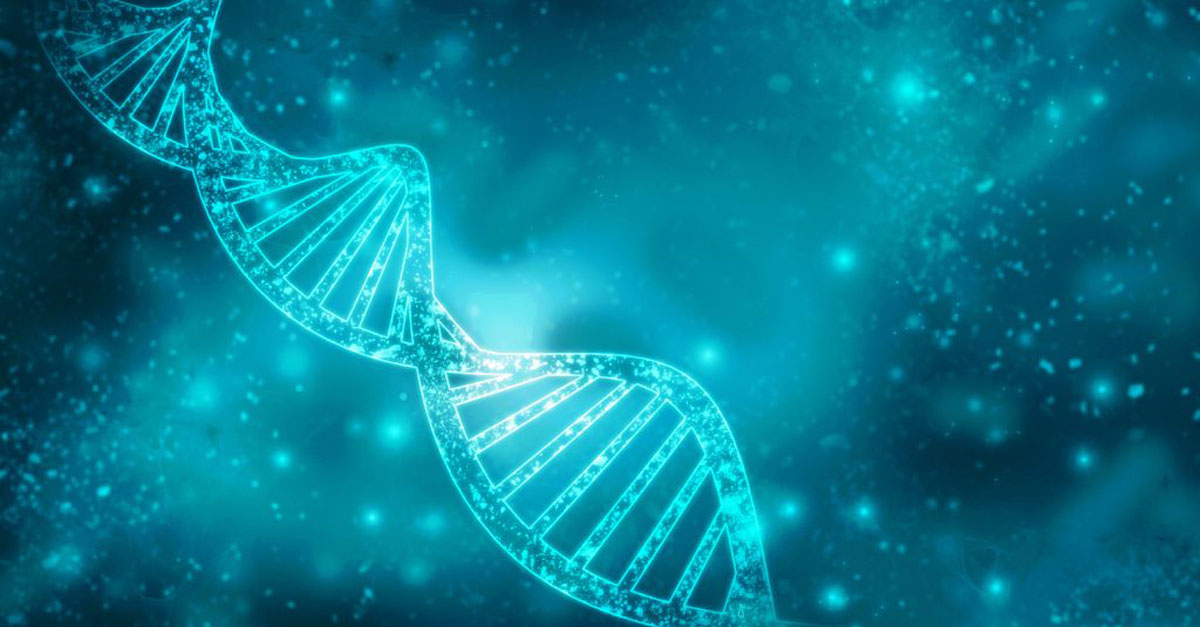
Delivered ProjectsHELM
Hierarchical Editing Language for Macromolecules (HELM)
This project created and established Hierarchical Editing Language for Macromolecules (HELM) as the industry’s complex biomolecule notation of choice
